POLICE Principle
This is an acronym used to easily remember how to manage a wide range of injuries. A lot of sports and soft tissue injuries can be managed with the POLICE principle so it is generally useful in sports first aid, sports therapy and physiotherapy.
The injuries that it comes in handy for are typically acute or overuse injuries and they are very minor injuries so they can therefore be addressed with this simple solution. Here is what POLICE actually stands for:
- Protection
- Optimal
- Loading
- Ice
- Compression
- Elevation
Originally, this mnemonic phrase was a lot different and there have been different attempts to rephrase it and update it to be more accurate or helpful. The acronyms for this first aid principle were originally RICE and PRICE, which stood for Rest, Ice, Compression and Elevation (PRICE included Protection at the front of the acronym).[1]

So the basic principle hasn't dramatically changed and Rest still kind of refers to optimal loading. Optimal Loading is managing the load applied to your body that will help facilitate physiological adaptation.
In case the physiotherapy jargon didn't provide any insight, put simply it is gradually re-introducing your body's tissues to different loads that will help your tissues to recover by stimulating them and allowing them to withstand certain loads while also realigning any affected tissues.
Load is a very important part of acute sports injuries or any injuries that can be easily avoided, for example, you can also develop repetitive strain injuries or other overuse injuries from misjudging the amount of load or force your tissues/body can take.
Similarly, load management can help prevent injuries and is a great way for sports therapists, physiotherapists and coaches to do some contingency planning for athletes in relation to avoiding injuries and being prepared or properly informed in the unfortunate case that an injury does happen.
Ultimately, you get the gist, rest only covered abstaining from loading your tissues so a more holistic (some may same pedantic) approach was taken to include optimal loading and loading tissues for rehabilitation purposes.
PEACE & LOVE
The debate over the acronym for acute sports injuries is far from over with a new acronym set to replace POLICE as the more updated version of the principle.
PEACE & LOVE stands for Protection, Elevation, Avoid Anti-Inflammatories, Compression, Education, Load, Optimism, Vascularisation and Exercise.
The most important is the emphasis on avoiding anti-inflammatories but this refers to avoiding them as much as possible due to the way they slow down the healing process for bones and tendons, you should still use them if and when you need them.
You can therefore still use them if you don't have any known bone or tendon damage.

1. Protection
This is as straightforward as it sounds, don't worry it's not another physical therapy homonym, it simply means you should protect your injury. This is the logical thing to do for any injury because it helps reduce discomfort and it can help to prevent you from potentially making your injury worse or picking up another injury.
You can protect your injury in a number of ways, it doesn't always refer to complete immobilization of joints, although in some cases this may be the best thing for your injury.
Supports and Braces will therefore be a good choice as different options will offer varying levels of immobilization and you might even be able to find a support or brace designed specifically for your injury or condition.
Our Knee Support Guide and Wrist Support Guide can help you make an informed decision about finding the right support for everything from overuse injuries to acute injuries and conditions like Osteoarthritis or Osgood's Schlatter disease.
Protection can also include Crutches and Walking boots which are very effective means of taking any weight of an injury and providing stabilisation as well as enhanced balance in the case of crutches but a walking boot will definitely inhibit your proprioception.
Another thing that counts as protection is Rest, although optimal loading replaced rest in the acronym, it is still an essential part of recovery because avoiding unnecessary strain and force on an injury will help you heal faster.
This doesn't mean you should just give up and wait for your injury to heal, just rest when possible and avoid doing physically demanding activities or tasks.

2. Optimal Loading
As mentioned earlier, optimal loading is an approach to soft tissue injuries used by physical therapists and sports therapists to help rehabilitate the tissues.
There is no need for you to learn more about optimal loading than what we've already discussed because it is better to see a physiotherapist or someone who is trained and has experience with achieving optimal loading in the past.
The main reason for this is that is not as straightforward as it sounds, you can't just experiment with different magnitudes of loads and expect your tissue to respond how you want them to.
There are a lot of variables concerned with optimal loading such as the patient's tissue type, their pathological presentation and the required tissue adaptation. Different loading variables can have significant effects on the "nature, structure and function of the wider neuromusculoskeletal system"[2]
Optimal loading and Rest are still heavily discussed areas of the POLICE principle, some experts argue that Rest is too much of a conservative approach that does not acknowledge progressive tissue loading through exercise.
On the other hand, some studies have found optimal loading to be contradictory to the benefits of rest and that rest actually helps regulate optimal loading just after an injury and at the start of rehabilitation.
Ultimately optimal loading is proven to help the healing of bone, tendons, muscles and ligaments and it is important to note that loading isn't necessary for severe injuries but it is for swelling and oedema.

3. Ice
One of the simplest but most effective ways to deal with an injury is by using Ice Packs or Cold Therapy (cryotherapy) immediately after an injury and when managing an injury. Ice helps with pain relief and reduces any swelling or inflammation by constricting blood flow and reducing tissue metabolism.
Ice is also known to intercept painful stimuli (nociceptive) signals sent to the brain and can help prevent muscle spasms. Alternating between hot and cold therapy is a good option for injuries that don't involve any inflammation.
If you are wondering what's the best approach to using cryotherapy on an injury, studies have revealed that 10 minutes of ice accompanied with 10-minute intervals has the best effects.
There are however a few other things to keep in mind about cryotherapy, it's important to remember that some people have conditions that make them sensitive to the cold such as Diabetes and Raynaud's Syndrome.
It's also important to note that people react differently so if ice is making it more painful instead on numb then something's wrong and different injuries will require varying amounts of cryotherapy so it is best to follow the guidance of a sports medicine professional.

4. Compression
Another simple yet effective solution to addressing acute injuries, Compression acts in a similar way to ice in the sense that it aims to help reduce swelling caused by inflammation. If there is any bleeding involved in the injury then compression can also help stop the blood.
The best way to make use of compression as a tool for managing your injury is by using products like Strapping and compression garments. The type of strapping that is typically used for wrapping injuries is Elastic Adhesive Bandages, they are wrapped tightly around the joint where the injury is.
Remember to start wrapping the bandage just off centre, to the side of the injury in any direction and proceed to wrap the bandage tightly but it is important that you don't wrap it too tightly because you don't want to restrict blood flow.
If enough layers are used then the bandages can also help shield the injury from any additional minor injuries cushioning the injury and they also restrict the range of motion so further damage to any joints can be mitigated.
Compression garments refer to products that depend on compression as the core pain relief benefit such as Normatec which is an innovative approach to compression.
If you are looking for an effective pain relief solution without splashing the cash then some of our compression garments incorporate cryotherapy such as Pro Ice Wrap and Aircast Cryotherapy.
If you're looking for a simple support or brace then have look at our Supports and braces as mentioned in 'Protection' because they have medically designed compression tailored for specific injuries so you're bound to find something that will help.

5. Elevation
Elevation in the last part of the POLICE principle, it is exactly what you would expect it to be - elevating the injury. This is another technique used to prevent swelling by providing the best possible blood supply and circulation to the area of injury so it is effective for making sure the body is properly dealing with the injury.
For limbs below the torso, try and make sure that they are elevated above the pelvis. Manually elevating the injury or propping up against something to support it for longer periods of time will be equally helpful.
If you are a therapist, Bolster Cushions can be a very handy tool for keeping limbs or body parts elevated
Sources and References
1. Physio-pedia - POLICE and RICE
2. Glasgow, Philip & Phillips, Nicola & Bleakley, Chris. (2015). Optimal loading: Key variables and mechanisms. British journal of sports medicine. 49. 10.1136/bjsports-2014-094443.
Related Product Videos
Related Products
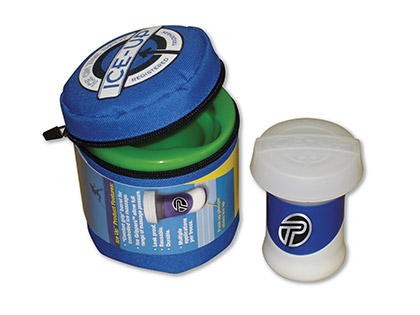
Ice Up Massager
(4)
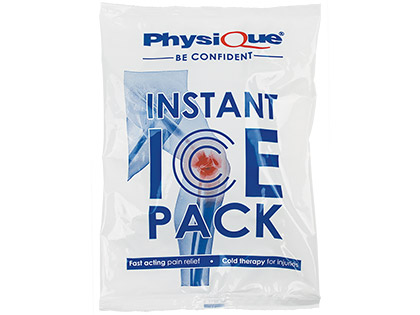
Instant Ice Pack
(31)
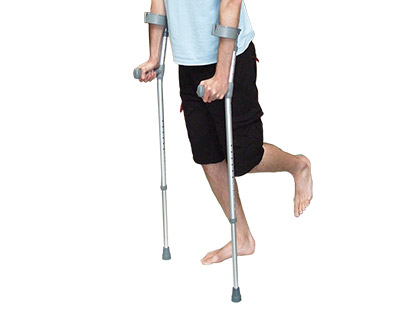
Elbow Crutches
(3)
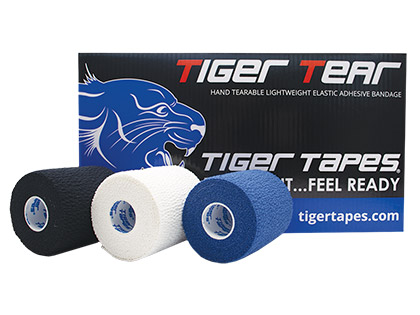
Tiger Tear EAB
(77)
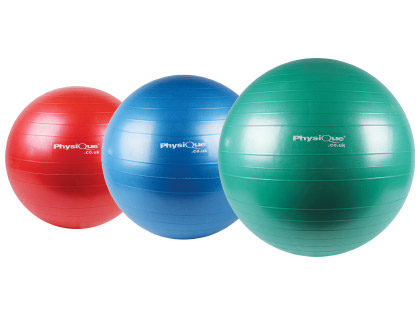
Physique Gym Ball
(32)
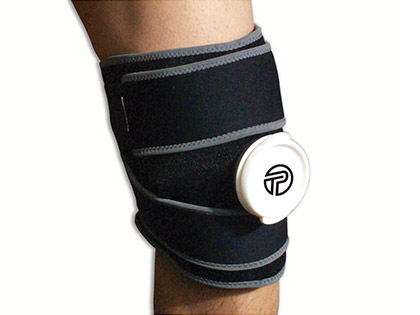
Pro Ice Wrap
(4)
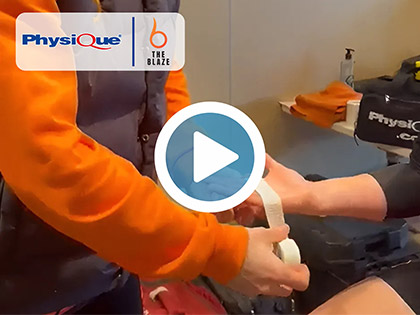
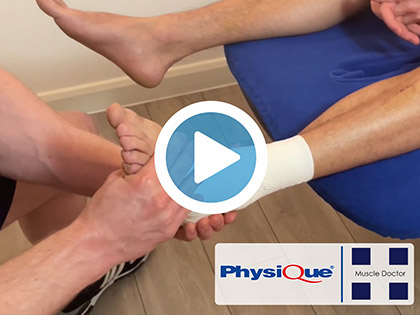
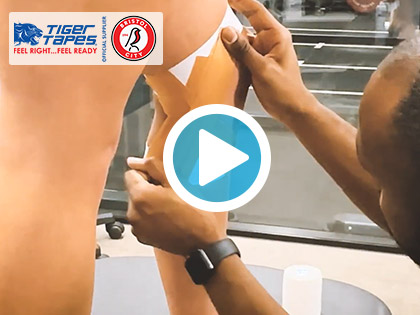
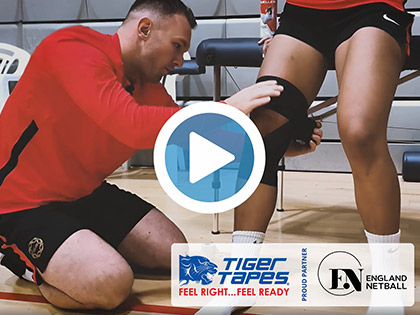
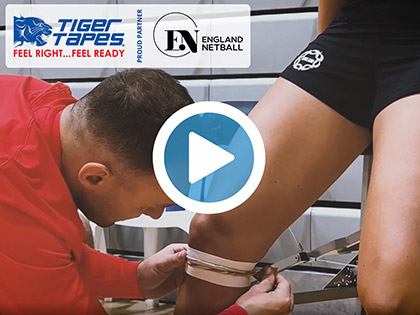
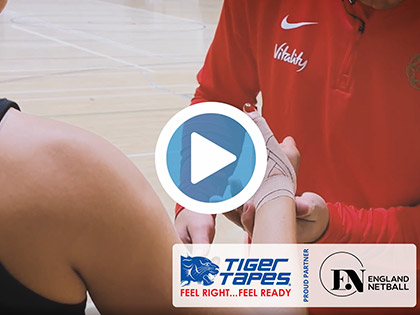
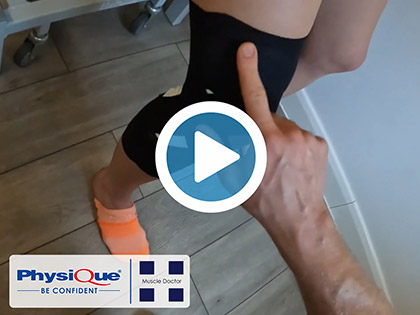
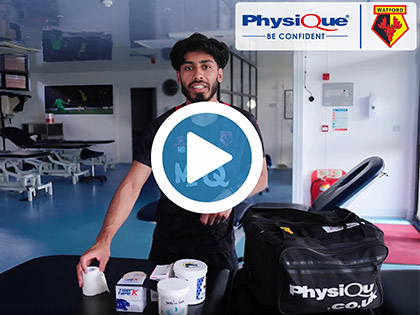
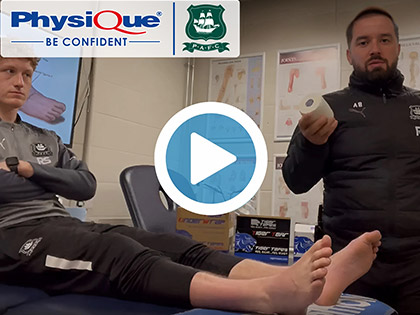
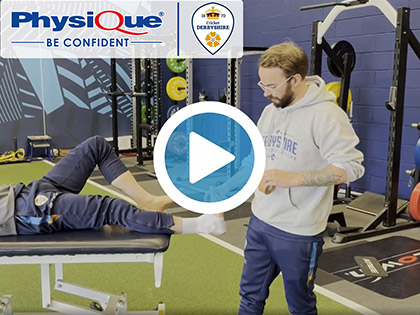
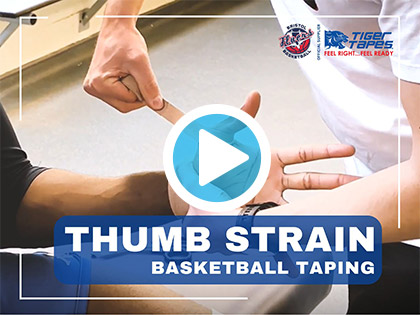
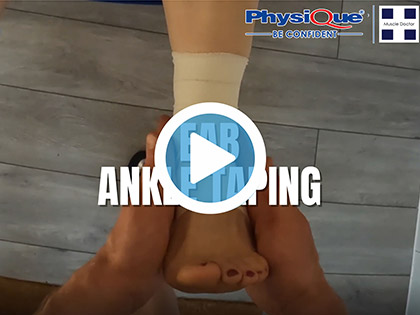
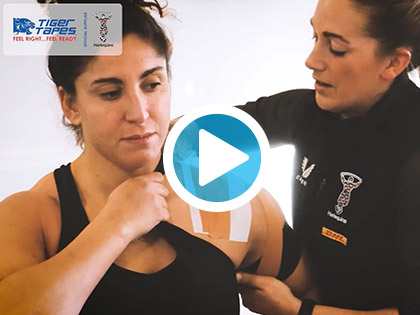
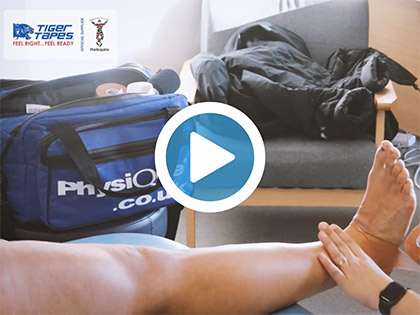
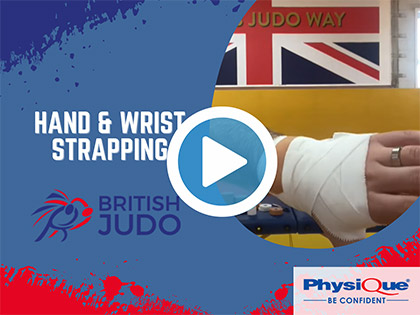
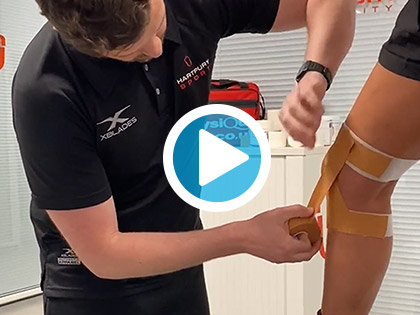
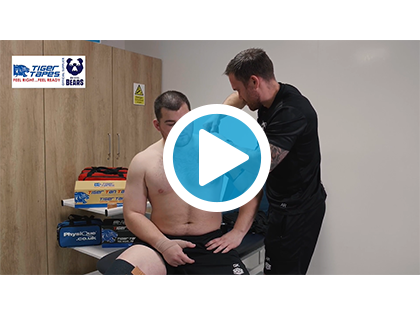
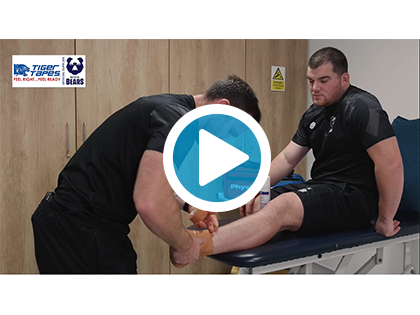
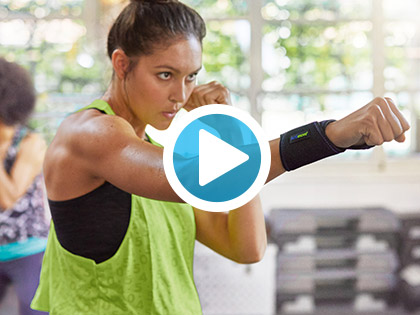
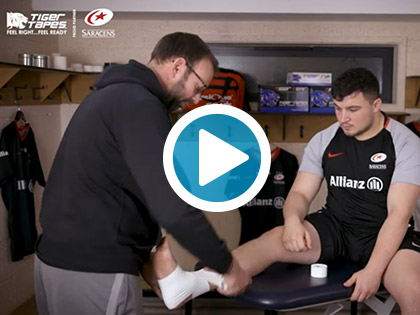
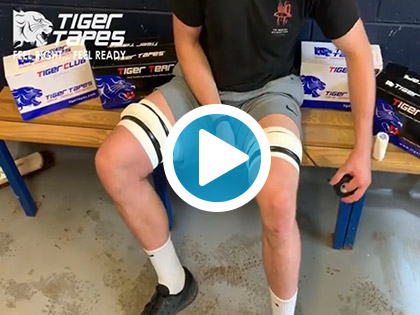
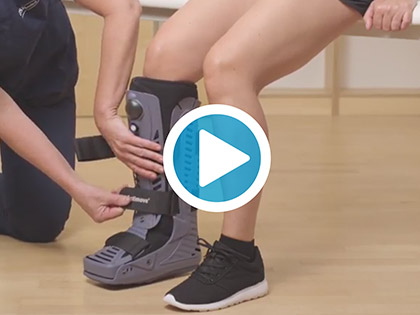
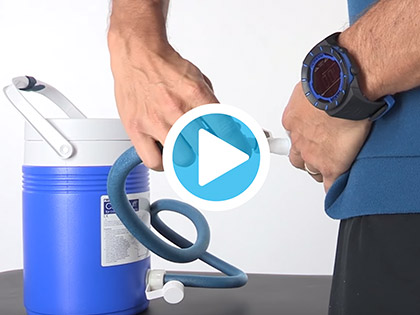
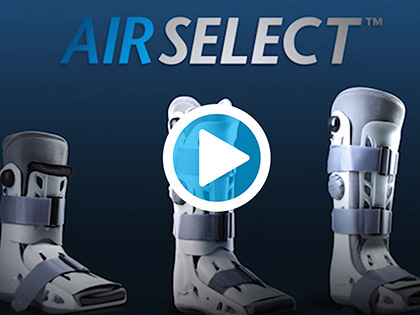
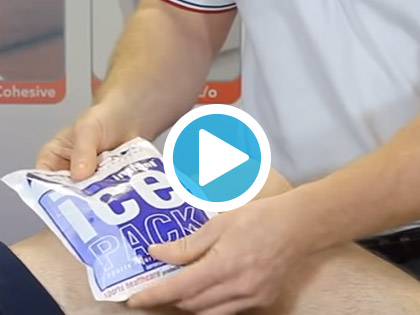

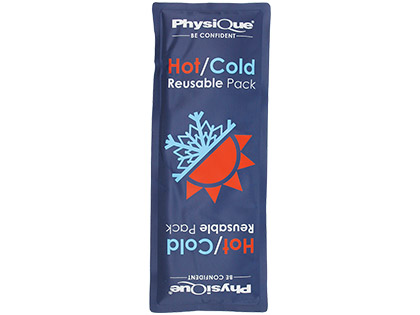
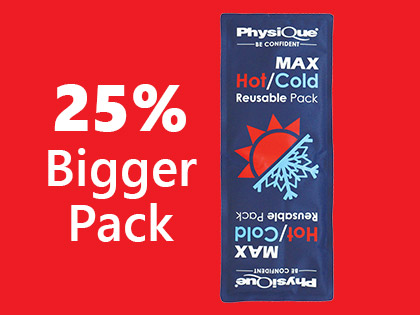
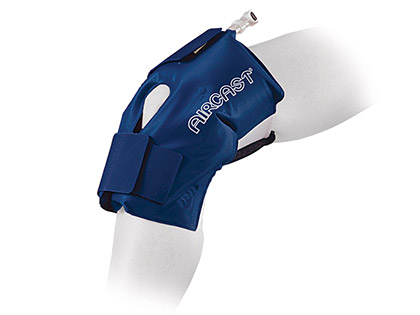
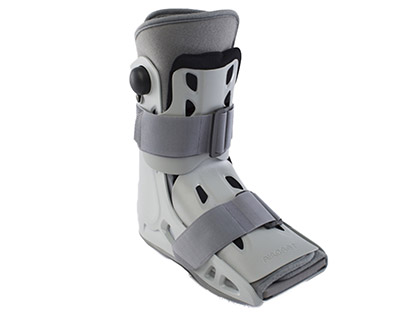
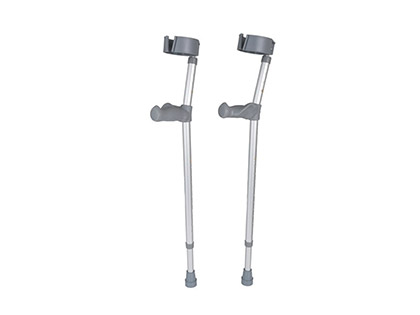
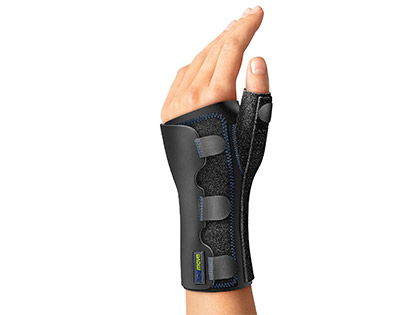
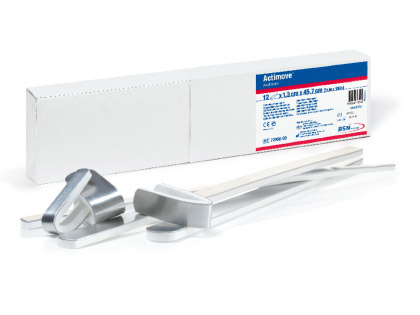
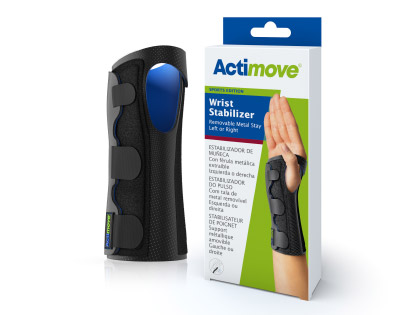
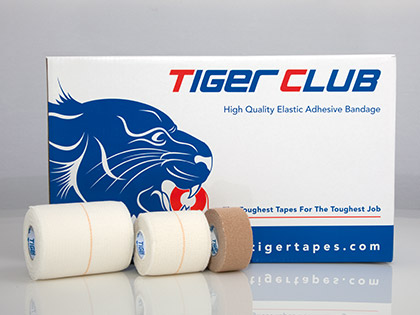
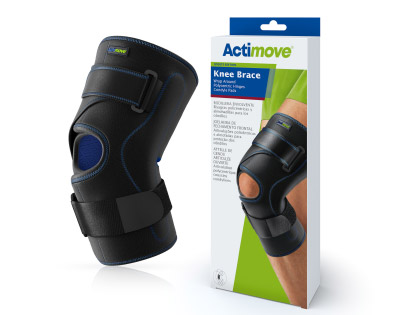
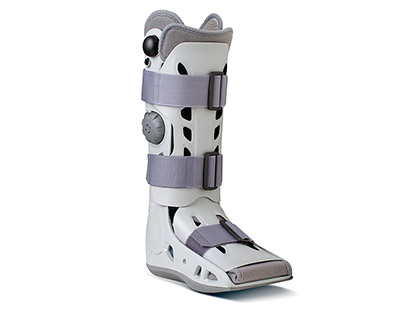

Did you find this article useful?
Why not share this with a colleague, patient or friend?